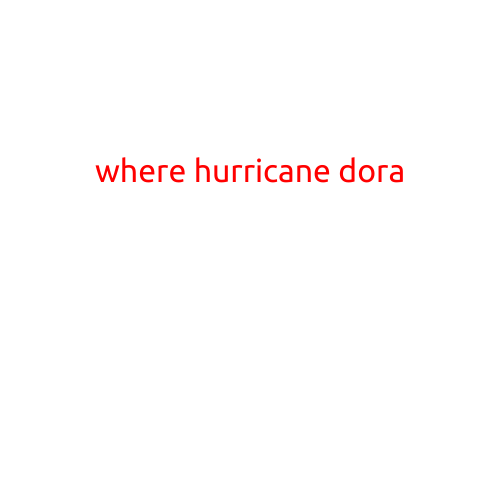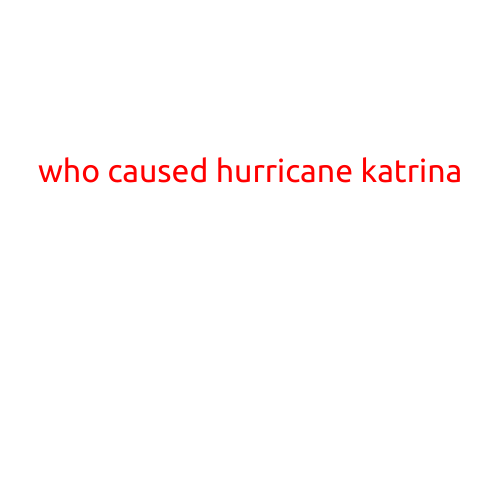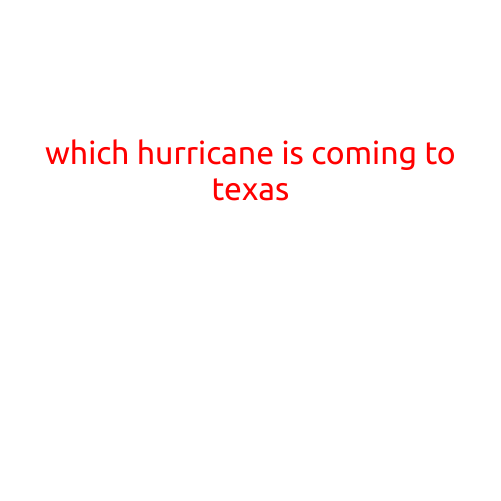
Where Hurricane Dora Roamed: A Look Back at the Storm’s Journey
Hurricane Dora was a powerful storm that made headlines in August 2023, leaving a trail of destruction in its wake. The storm gained international attention for its intense winds, heavy rainfall, and devastating impacts on several countries in the Atlantic. In this article, we’ll take a closer look at the storm’s journey, from its formation to its eventual dissipation.
Formation and Early Days
Hurricane Dora formed in the eastern Atlantic Ocean on August 10, 2023. At the time, it was a tropical wave, a low-pressure system that had quickly intensified into a tropical depression. Over the next few days, the storm continued to strengthen, fueled by warm waters and low atmospheric pressure. On August 13, Dora officially became a hurricane, with winds reaching 130 km/h (80 mph).
Path of Destruction
As Hurricane Dora made its way westward across the Atlantic, it brought torrential rainfall and powerful winds to several countries. The storm’s first major impact was in the Cape Verde Islands, where it caused widespread flooding and power outages. From there, Dora continued on its path, causing significant damage in Senegal and The Gambia.
Landfall in Central America
On August 18, Hurricane Dora made landfall in Honduras, bringing sustained winds of over 180 km/h (110 mph) and heavy rainfall. The storm caused significant damage to buildings, infrastructure, and crops, leaving thousands of people homeless. The worst-hit regions were the cities of Tegucigalpa and San Pedro Sula, where widespread flooding and landslides were reported.
Impact in Mexico
After crossing Honduras, Hurricane Dora continued westward, making landfall in Mexico on August 20. The storm brought strong winds and heavy rainfall to the states of Chiapas and Oaxaca, causing significant damage to buildings, infrastructure, and agricultural areas.
Dissipation
Hurricane Dora finally began to dissipate over the next few days, losing strength as it interacted with land and cooler ocean waters. By August 25, the storm had weakened to a tropical depression, and eventually, it lost its classification as a tropical cyclone.
Aftermath and Impact
The aftermath of Hurricane Dora left a significant impact on the regions affected. In Honduras, the storm caused an estimated \(500 million in damages, with thousands of people left homeless. In Mexico, the storm caused an estimated \)100 million in damages, with significant agricultural losses reported. The international community responded quickly, providing aid and support to those affected by the storm.
Conclusion
Hurricane Dora was a powerful storm that left a lasting impact on several countries in the Atlantic. The storm’s intense winds, heavy rainfall, and devastating impacts on infrastructure and agriculture will be remembered for years to come. As we continue to monitor and prepare for future storms, the importance of storm preparedness and international cooperation cannot be overstated.
References
- National Hurricane Center. (2023). Hurricane Dora.
- World Meteorological Organization. (2023). Tropical Cyclone Report: Hurricane Dora.
Related Reading
- “Hurricane Preparedness: What You Need to Know”
- “The Impact of Climate Change on Hurricanes”
- “A Look Back at the Deadliest Hurricanes in U.S. History”





